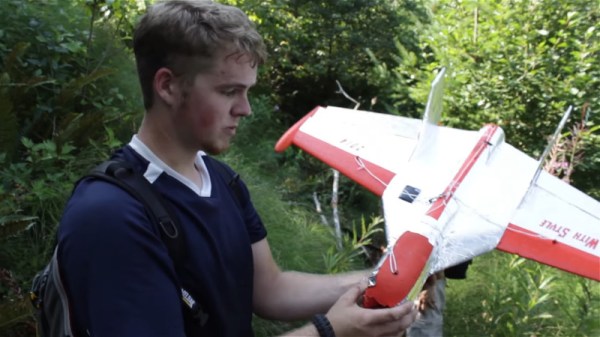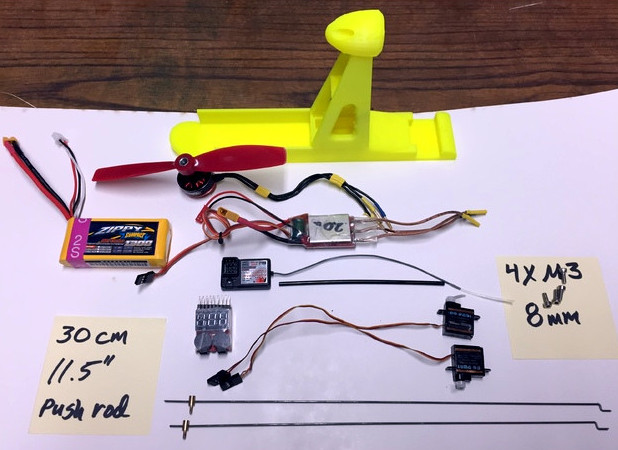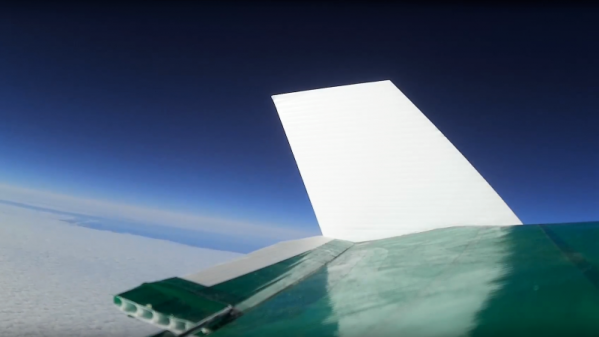If you’ve exhausted your list of electronics projects over the past several weeks of trying to stay at home, it might be time to take a break from all of that and do something off the wall. [PeterSripol] shows us one option by building a few walkalong gliders and trying to get them to fly forever.
Walkalong gliders work by following a small glider, resembling a paper airplane but made from foam, with a large piece of cardboard. The cardboard generates an updraft which allows the glider to remain flying for as long as there’s space for it. [PeterSripol] and his friends try many other techniques to get these tiny gliders, weighing in at around half a gram, to stay aloft for as long as possible, including lighting several dozen tea candles to generate updrafts, using box fans, and other methods.
If you really need some electricity in your projects, the construction of the foam gliders shows a brief build of a hot wire cutting tool using some nichrome wire attached to a piece of wood, and how to assemble the gliders so they are as lightweight as possible. It’s a fun project that’s sure to be at least several hours worth of distraction, or even more if you have a slightly larger foam glider and some spare RC parts.

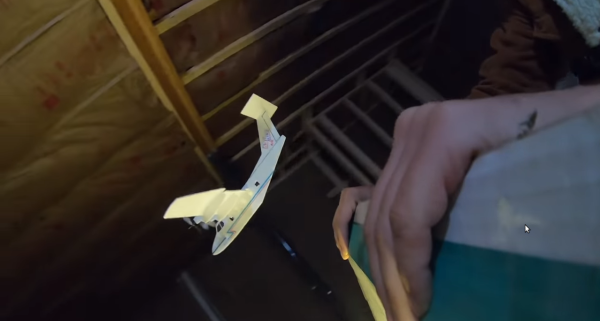

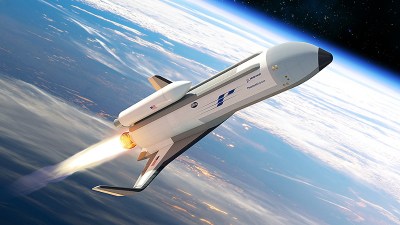 Alternately referred to as the “DARPA Experimental Spaceplane”, the vehicle was envisioned as being roughly the size of a business jet and capable of carrying a payload of up to 2,300 kilograms (5,000 pounds). It would take off vertically under rocket power and then glide back to Earth at the end of the mission to make a conventional runway landing. At $5 million per flight, its operating costs would be comparable with even the most aggressively priced commercial launch providers; but with the added bonus of not having to involve a third party in military and reconnaissance missions which would almost certainly be classified in nature.
Alternately referred to as the “DARPA Experimental Spaceplane”, the vehicle was envisioned as being roughly the size of a business jet and capable of carrying a payload of up to 2,300 kilograms (5,000 pounds). It would take off vertically under rocket power and then glide back to Earth at the end of the mission to make a conventional runway landing. At $5 million per flight, its operating costs would be comparable with even the most aggressively priced commercial launch providers; but with the added bonus of not having to involve a third party in military and reconnaissance missions which would almost certainly be classified in nature.
